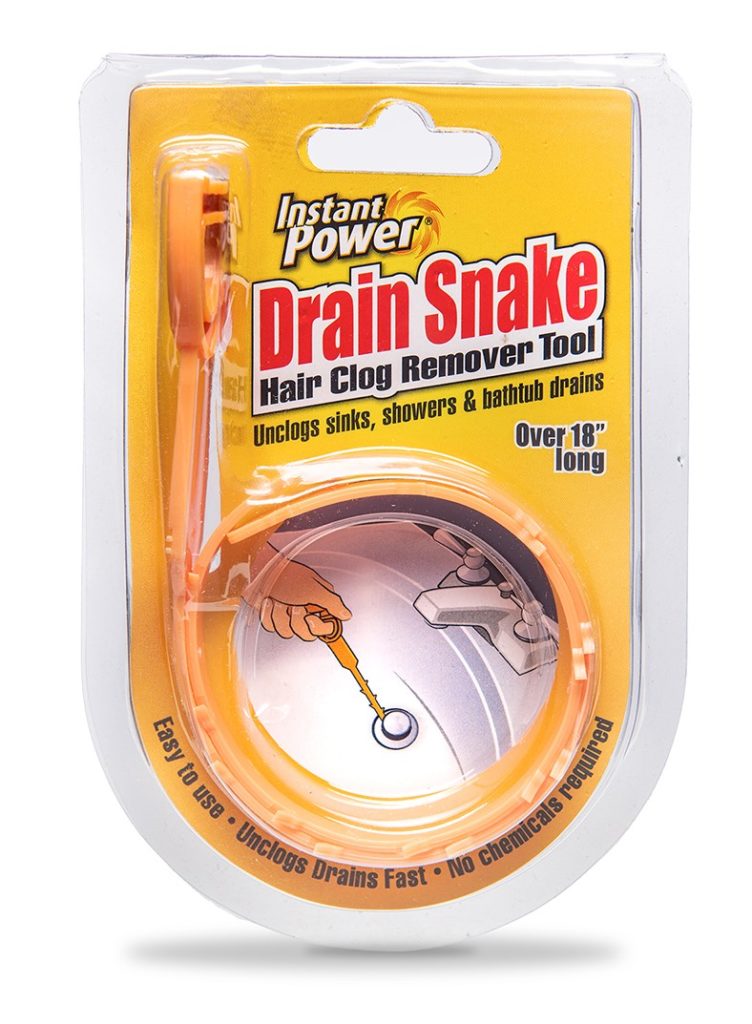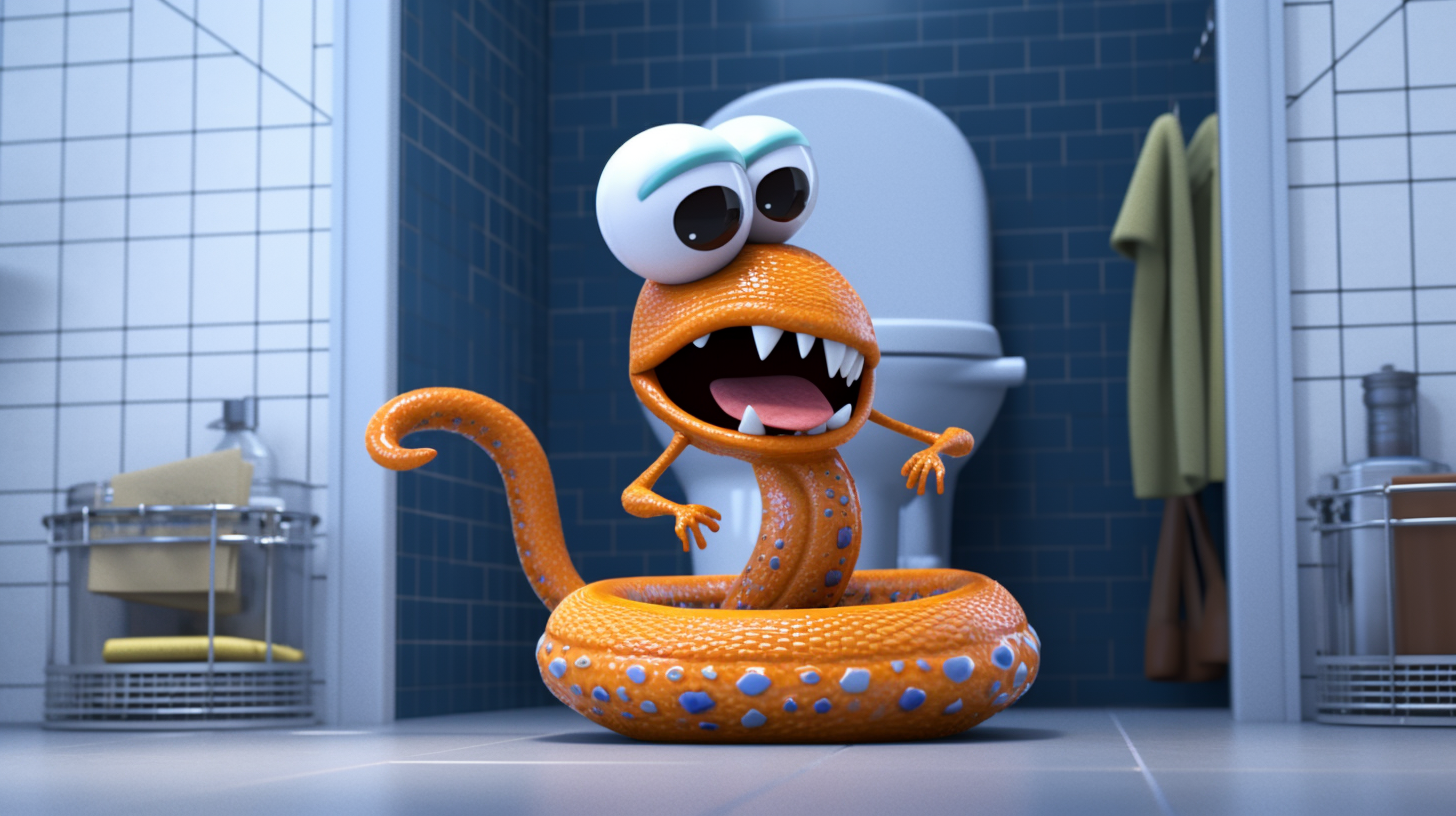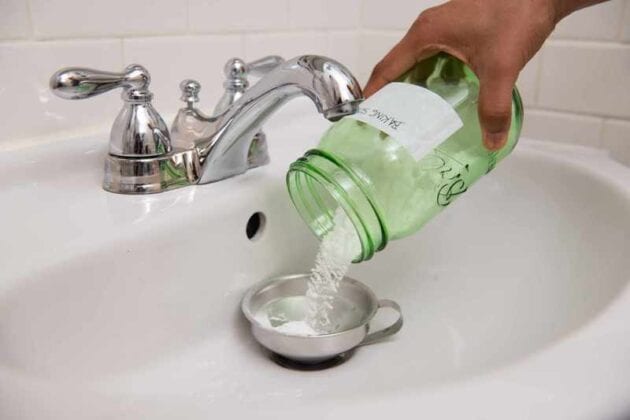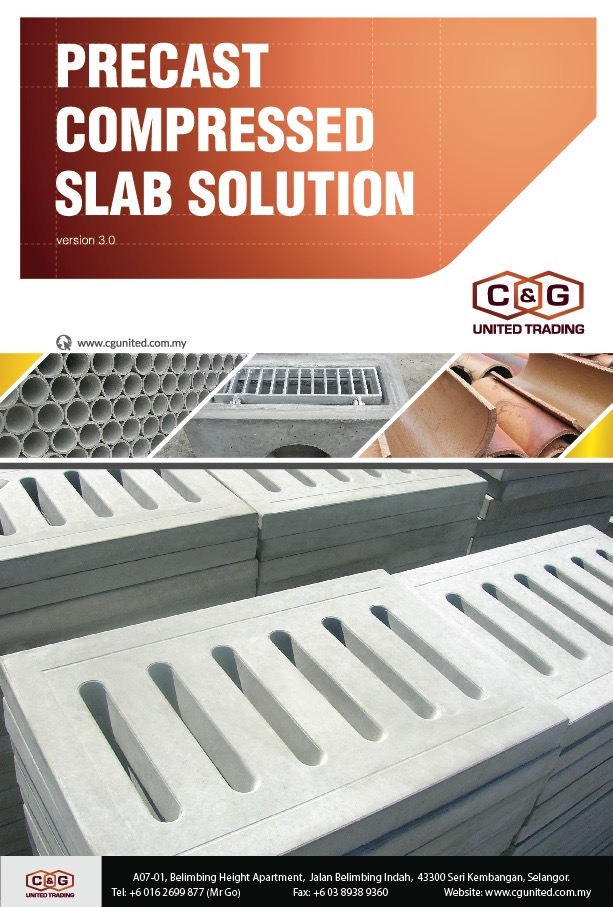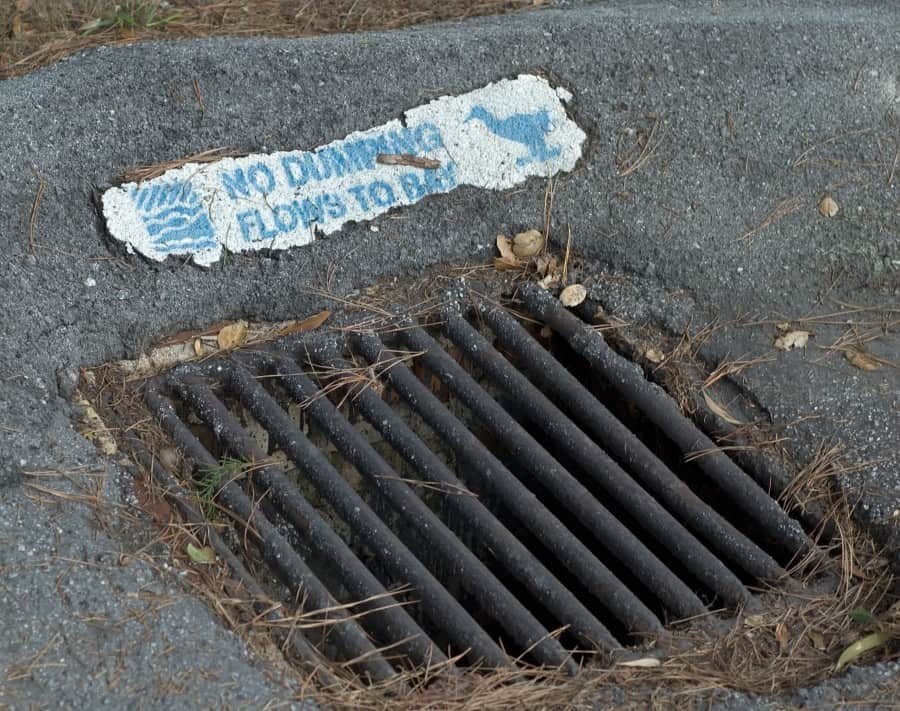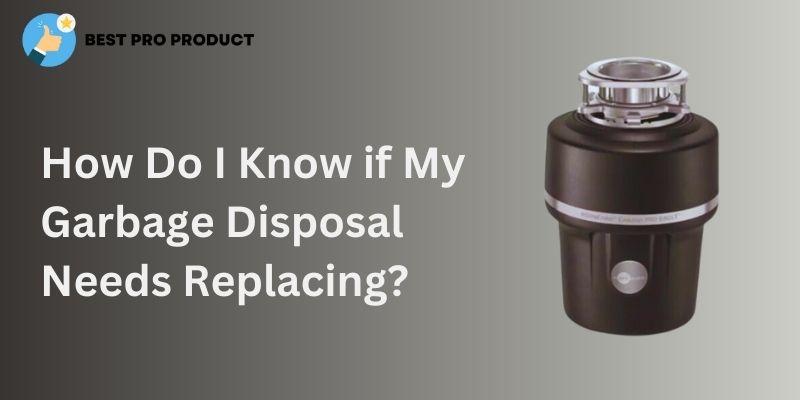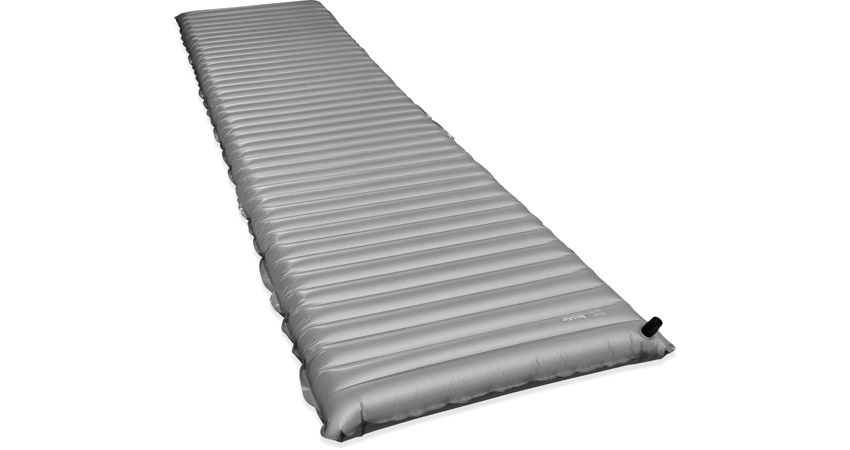If your kitchen sink garbage disposal is stopped up, the first step is to try and unclog it. This can be done using a few different methods, depending on the severity of the clog. One simple way to unclog a disposal is to use a plunger. Place the plunger over the drain opening and push down and up a few times to create suction and dislodge the clog. You can also try using a drain snake to physically remove the blockage.1. Unclog the garbage disposal
If your garbage disposal is not turning on at all, the issue may be with the power source. First, check to make sure the disposal is plugged in. If it is, try plugging something else into the same outlet to see if it is working. If the outlet is not the problem, check the circuit breaker or fuse box to make sure the disposal is receiving power. If this is the issue, reset the breaker or replace the fuse.2. Check the power source
If your garbage disposal is making a humming noise but not actually grinding any food, it may be jammed. To fix this, you can try resetting the disposal. Look for a small red button on the bottom of the disposal unit and press it. This will reset the disposal and may dislodge any blockages that are preventing it from working properly.3. Reset the disposal
As mentioned earlier, a plunger can be a useful tool for unclogging a garbage disposal. To use a plunger, fill the sink with enough water to cover the opening of the disposal. Place the plunger over the drain and push down and up a few times to create suction and dislodge the clog. This method works best for minor clogs.4. Use a plunger
If a plunger does not do the trick, a drain snake may be able to help. This tool is a long, flexible wire with a corkscrew-like end that can be inserted into the drain to physically remove any blockages. Insert the snake into the drain and turn the handle to navigate it through the pipes. Once you feel resistance, twist and pull the snake to remove the clog.5. Try a drain snake
A natural and effective way to unclog a garbage disposal is by using a mixture of baking soda and vinegar. These two ingredients create a chemical reaction that can help break down and dissolve any food particles causing the clog. Start by pouring ½ cup of baking soda into the disposal, followed by 1 cup of vinegar. Let the mixture sit for 10-15 minutes, then pour hot water down the drain to flush out the clog.6. Use a mixture of baking soda and vinegar
If none of the above methods work, the issue may be with the disposal trap or the pipes connected to it. This is the curved pipe located under the sink. Place a bucket or bowl under the trap to catch any water and debris, then use pliers to loosen the nuts on either end of the trap. Once the trap is removed, clean it out and check for any blockages. You can also use a wire brush to clean the pipes connected to the trap.7. Remove and clean the disposal trap
If the disposal trap is not the issue, the clog may be further down the drain pipe. You can use a flashlight to check for any obstructions or use a drain snake to reach and remove the clog. If you are unable to reach the clog or do not feel comfortable doing so, it may be time to call a professional plumber.8. Check for any obstructions in the drain pipe
If you have tried all of the above methods and your garbage disposal is still not working, it may be time to call a professional plumber. They will have the tools and expertise to diagnose and fix the issue quickly and effectively. It is important to address any plumbing issues as soon as possible to prevent further damage and costly repairs.9. Call a professional plumber
If your garbage disposal is constantly clogging or not functioning properly, it may be time to consider replacing it. Over time, disposals can wear out and become less effective. Additionally, if your disposal is more than 10 years old, it may be more cost-effective to replace it rather than constantly repairing it. Look for a new disposal with a higher horsepower for better performance and durability. In conclusion, a stopped up kitchen sink garbage disposal can be a frustrating and messy issue to deal with. However, with these 10 tips, you can effectively unclog your disposal and get it back to working properly. Remember to always use caution when working with a garbage disposal and never put your hand down the drain. If the issue persists, do not hesitate to call a professional for assistance.10. Consider replacing the garbage disposal
How to Fix a Stopped Up Kitchen Sink Garbage Disposal

Having a kitchen sink garbage disposal is a convenient and efficient way to get rid of food waste. However, when it becomes clogged or stopped up, it can quickly become a nuisance and disrupt your daily routine. Instead of calling a plumber and spending money, try these simple steps to fix a stopped up kitchen sink garbage disposal.
Step 1: Identify the Problem

The first step in fixing a stopped up garbage disposal is to identify the issue. Is the disposal making a humming noise but not grinding? Is water backing up into the sink? Or is it completely unresponsive? These different scenarios require different solutions, so it's important to pinpoint the problem before moving forward.
Step 2: Turn Off the Power

Safety should always be a top priority when working with any type of appliance. Before attempting to fix a stopped up garbage disposal, make sure to turn off the power to the unit. You can do this by unplugging it from the outlet or turning off the circuit breaker.
Step 3: Use a Plunger
/kitchen-sink-171366298-57fe93b75f9b5805c26b283a.jpg)
If the disposal is making a humming noise but not grinding, it may be clogged with food waste. Using a plunger, create a seal around the disposal and push and pull vigorously to dislodge any debris. Once you've done this, try turning the disposal on again to see if it's working properly.
Step 4: Reset the Disposal

If the disposal is unresponsive, it may have tripped a circuit breaker. Look for a small red button on the bottom of the unit and press it to reset the disposal. If this doesn't work, you may need to check the circuit breaker and reset it as well.
Step 5: Clean the Disposal

To prevent future clogs, it's important to regularly clean your garbage disposal. You can do this by running ice cubes and lemon peels through the disposal to freshen it up and remove any buildup. You can also use a mixture of baking soda and vinegar to clean and deodorize the unit.
Step 6: Call a Professional

If these steps do not fix the problem, it may be time to call a professional plumber. They have the experience and tools necessary to properly diagnose and fix any issues with your kitchen sink garbage disposal.
By following these steps, you can easily fix a stopped up kitchen sink garbage disposal and get back to enjoying a functional and efficient kitchen. Remember to always prioritize safety and regular maintenance to prevent future problems.





























:max_bytes(150000):strip_icc()/unjamming-a-garbage-disposal-unit-271887-08-b137cc86326d48319e6776d5d3e71bcf.jpg)
:max_bytes(150000):strip_icc()/gar_disp_expl_view-640-56a4a2d25f9b58b7d0d7effe-59b351b6d963ac0011978ee3.jpg)



















